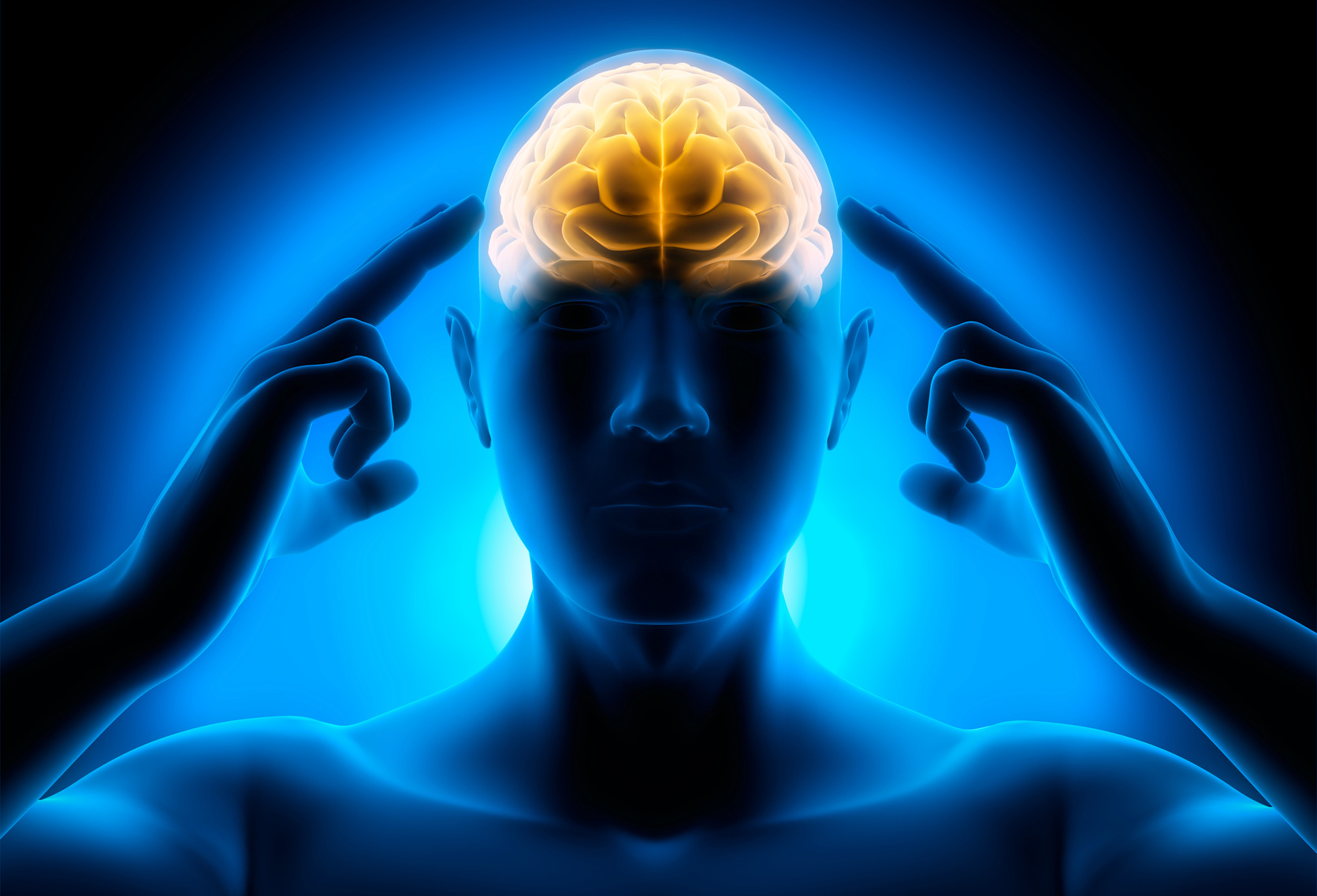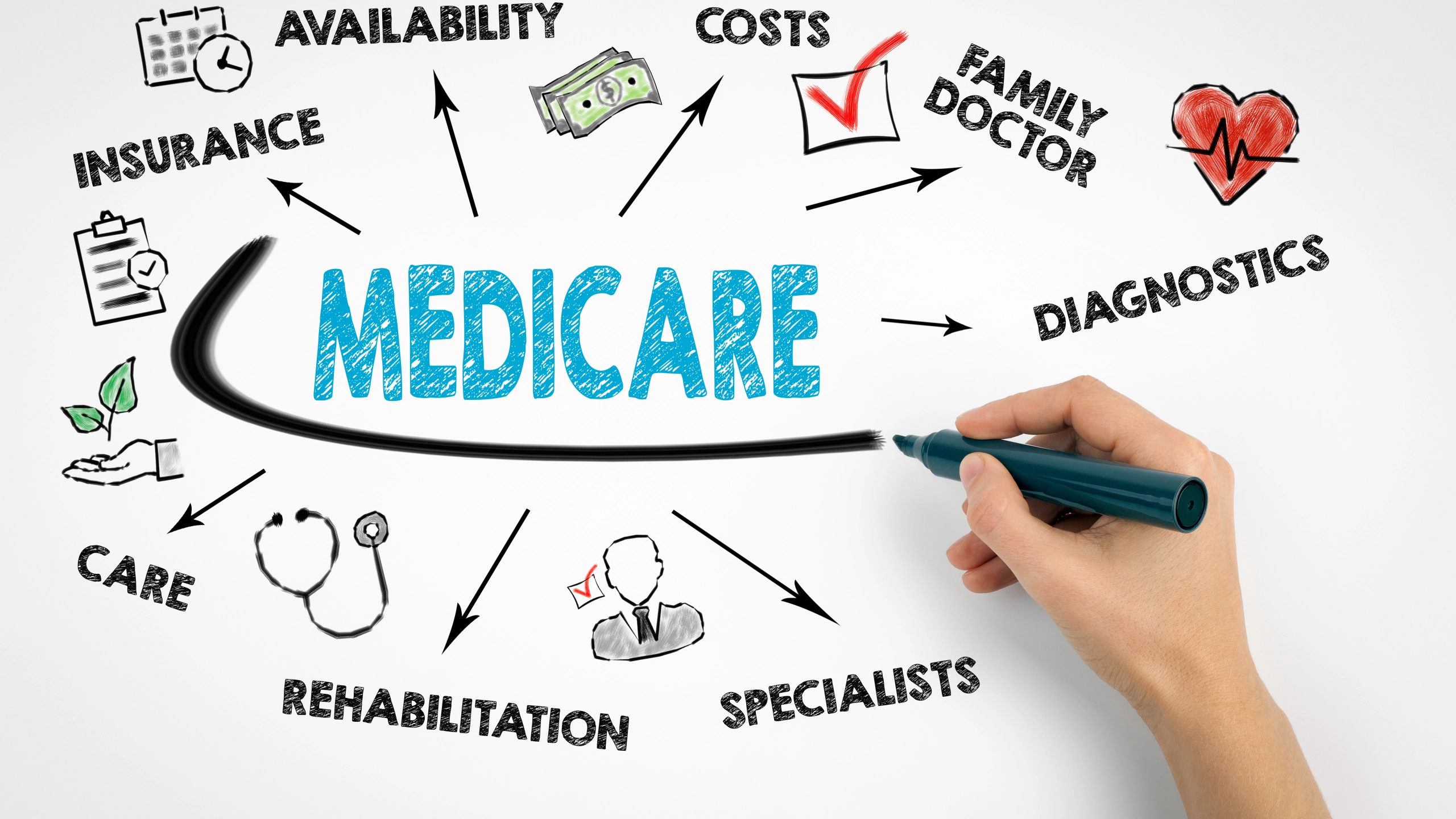Body cramps, characterized by sudden, involuntary muscle contractions, can be a distressing and disruptive experience. This article aims to provide a comprehensive understanding of Body-cramps, explore their causes, discuss preventive measures, and offer strategies for finding relief. By gaining insight into the factors that contribute to cramping and adopting appropriate management techniques, individuals can effectively address and minimize the impact of Body cramps on their daily lives.
What Causes Body-cramps?
Body cramps can occur for various reasons, including muscle fatigue, dehydration, electrolyte imbalances (such as low levels of potassium, calcium, or magnesium), poor circulation, nerve compression, and certain medical conditions. Understanding the underlying causes is crucial in developing targeted prevention and treatment strategies.
Body cramps can be caused by various factors, including:
- Muscle Fatigue: Overuse or prolonged contraction of muscles can lead to cramping. Activities that involve repetitive motions or excessive strain on the muscles, such as exercising intensely or for long durations, can contribute to muscle fatigue and subsequent cramping.
- Dehydration: Insufficient fluid intake can disrupt the balance of electrolytes in the body, such as potassium, magnesium, and calcium, which are essential for proper muscle function. Electrolyte imbalances can trigger muscle cramps.
- Electrolyte Imbalances: Low levels of electrolytes, particularly potassium, magnesium, and calcium, can disrupt the normal functioning of muscles and increase the likelihood of cramping. Diuretics, excessive sweating, and certain medical conditions can contribute to electrolyte imbalances.
- Poor Blood Circulation: Inadequate blood flow to the muscles can impair their function and lead to cramping. Conditions that affect blood circulation, such as peripheral artery disease or nerve compression, can contribute to cramps.
- Nerve Compression: Compression or irritation of nerves that supply the muscles can cause cramping. Conditions like pinched nerves or nerve entrapment syndromes can result in muscle cramps.
- Medications: Certain medications, such as diuretics, statins, or medications used to treat high blood pressure or osteoporosis, may have muscle cramps as a side effect.
- Underlying Medical Conditions: Some medical conditions, such as peripheral neuropathy, fibromyalgia, kidney disease, thyroid disorders, or diabetes, can increase the likelihood of experiencing muscle cramps.
It is important to note that the specific cause of Body-cramps may vary from person to person. Understanding the underlying cause is crucial for developing an appropriate treatment and prevention plan. Consulting a healthcare professional can help identify any underlying medical conditions and guide the management of Body-cramps effectively.
Identifying Different Types
Body-cramps can affect different muscle groups, resulting in various types of cramps, such as leg cramps (including calf and thigh cramps), foot cramps, hand cramps, and abdominal cramps. Recognizing the specific type of cramp can aid in implementing appropriate remedies and avoiding triggers.
Prevention Techniques
Preventing Body-cramps often involves adopting healthy habits and addressing underlying contributing factors. Strategies include staying properly hydrated, maintaining a balanced diet rich in essential minerals, engaging in regular stretching and strengthening exercises, avoiding excessive muscle strain, and practicing good posture. Identifying and managing any underlying medical conditions or medications that may increase the risk of cramping is also crucial.
Relief Strategies
When Body-cramps occur, several immediate relief strategies can help alleviate the discomfort. These include gentle stretching and massaging of the affected muscle, applying heat or cold therapy, using over-the-counter pain relievers (if appropriate), and ensuring proper hydration. Additionally, relaxation techniques, such as deep breathing or progressive muscle relaxation exercises, can help relax the muscles and relieve cramping.
Seeking Medical Advice for Persistent or Severe Cramps
In most cases, Body-cramps can be managed effectively through self-care measures. However, if cramps are frequent, severe, or interfere with daily activities, it is important to consult a healthcare professional. They can evaluate potential underlying causes, conduct further tests if needed, and provide personalized guidance for managing and treating the cramps.
In conclusion, Body cramps can significantly disrupt daily life, but with knowledge and appropriate strategies, their impact can be minimized. It is essential to approach Body-cramps holistically, considering both preventive measures and immediate relief strategies.
Prevention is key in managing Body-cramps. By adopting healthy habits such as proper hydration, balanced nutrition, and regular exercise, individuals can reduce the likelihood of cramps occurring. Stretching and strengthening exercises, especially for the muscles prone to cramping, can also be beneficial. Additionally, addressing any underlying medical conditions or medications that may contribute to cramping is crucial for long-term management.
When Body-cramps do occur, immediate relief strategies can provide comfort. Gentle stretching and massaging of the affected muscle can help alleviate the cramp. Applying heat or cold therapy, such as using warm compresses or ice packs, can also offer relief. Relaxation techniques like deep breathing, meditation, or yoga can help relax the muscles and reduce cramping.
It is important to listen to the body and seek medical advice if cramps are persistent, severe, or interfere with daily activities. A healthcare professional can help identify any underlying causes, conduct further tests if necessary, and provide tailored guidance for managing and treating the cramps.

Remember that everyone’s experience with Body-cramps is unique, and finding the most effective management strategies may require some trial and error. Patience, perseverance, and self-care are essential in navigating the challenges of Body-cramps. By taking a proactive stance, individuals can regain control, improve their overall well-being, and enjoy a life with fewer disruptions caused by cramping episodes.















